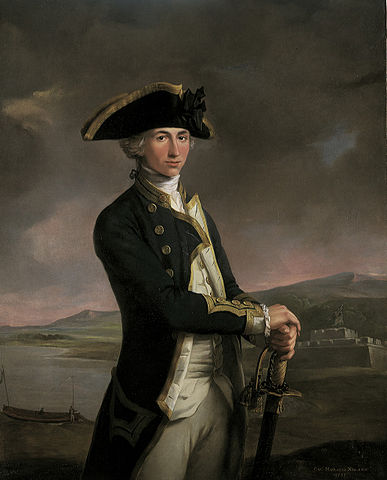
On a recent trip to Montreal, I saw a familiar face. Admiral Horatio Nelson was an officer in the British Navy during the Napoleonic Wars. Famous for his bravery and gallantry in battle, he became a superstar throughout the British Empire after winning a string of victories against the French, Spanish and Danish navies.
However, I had a question: Why is a British naval commander who played a pivotal role in defeating French armies in the Napoleonic Wars celebrated in Montreal, Quebec?
On October 21, 1805, Nelson’s legacy as a strategic genius was immortalized after he secured the greatest victory in British naval history at the Battle of Trafalgar off the coast of southwest Spain against the combined French and Spanish navies. Previously, he had secured a series of strategic victories against other European powers and had been active in the American War of Independence, off the coast of Africa and in the Middle East.
Unfortunately, during his most famous victory at the Battle of Trafalgar, Nelson was shot by a French sharpshooter and died a short time later. His body was taken back to London where he was given a state funeral. There was a huge outpouring of emotion across the British Empire.

Nelson had a name that was known across the British Empire. His legacy and popularity transcended continents. After his death, he was regarded as a hero and his stature was only enhanced by tales of his victories. In terms of the early 19th Century, Nelson was as closest thing that the British Empire had to a Hollywood celebrity.
After his death, monuments to Nelson began appearing across the Empire and people rushed to celebrate his legacy. First, in 1806, monuments were erected in Glasgow and Edinburgh. Then, in 1808, Nelson’s Pillar was erected in Dublin, Ireland (this was eventually blown up by the IRA in 1966). In 1813, a monument to Nelson was erected in Barbados. Across Britain, monuments to Nelson began popping up in Liverpool, Birmingham, Portsmouth and famously in London at Trafalgar Square.
It seems odd that in a place with such strong French traditions as Montreal a monument should stand celebrating Nelson; the man who is credited with humiliating the French navy at Trafalgar. However, the monument to celebrate Nelson in Montreal was not a statement of imperial superiority to signify British dominance. In fact, Nelson was a hugely popular figure among French Canadians.
Both English and French Montrealers eagerly supported the erection of the monument in 1808. French Canadian’s were united by a common dislike of the French Revolution and did not support its then ruler, Emperor Napoleon Bonaparte. The French Revolution led many conservative refugees to seek asylum in Canada and years of war had left Napoleon unpopular.

Thus, Montreal’s oldest public monument was erected in 1809, just four years after the Battle of Trafalgar. It is a full thirty years older than London’s much larger and more grandiose imperial tribute in Trafalgar Square. After the monument in Dublin was blown up in 1966 by the IRA, Montreal now has the second oldest monument to Nelson in the world; just slightly younger than the monument in Glasgow.
It is a reminder that in the early 19th Century the world was becoming a smaller place and is an interesting example of an early global superstar.